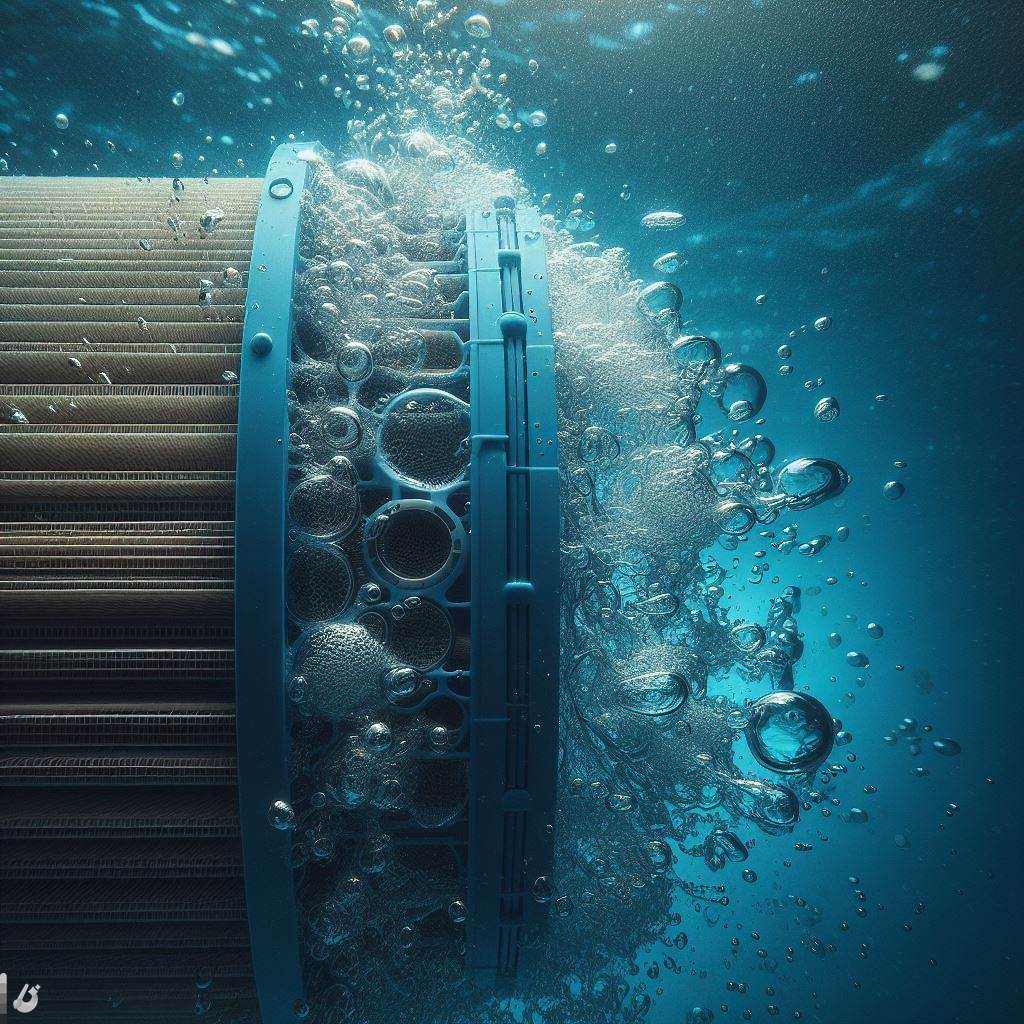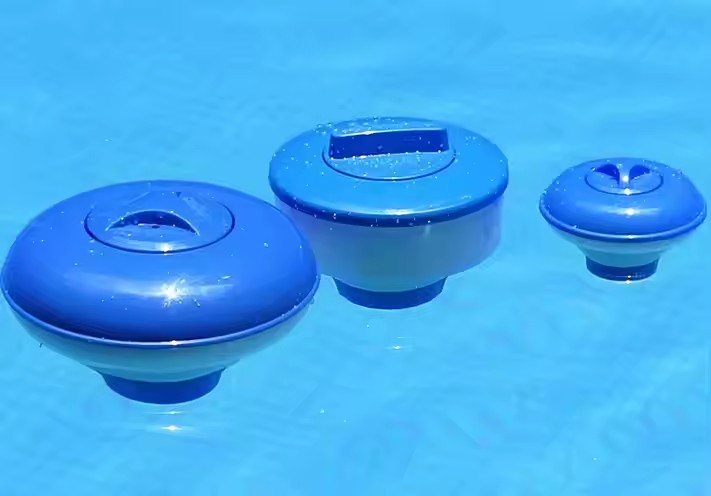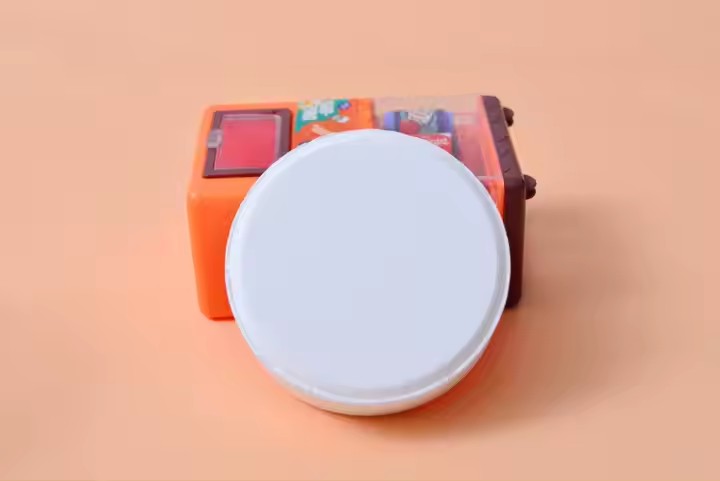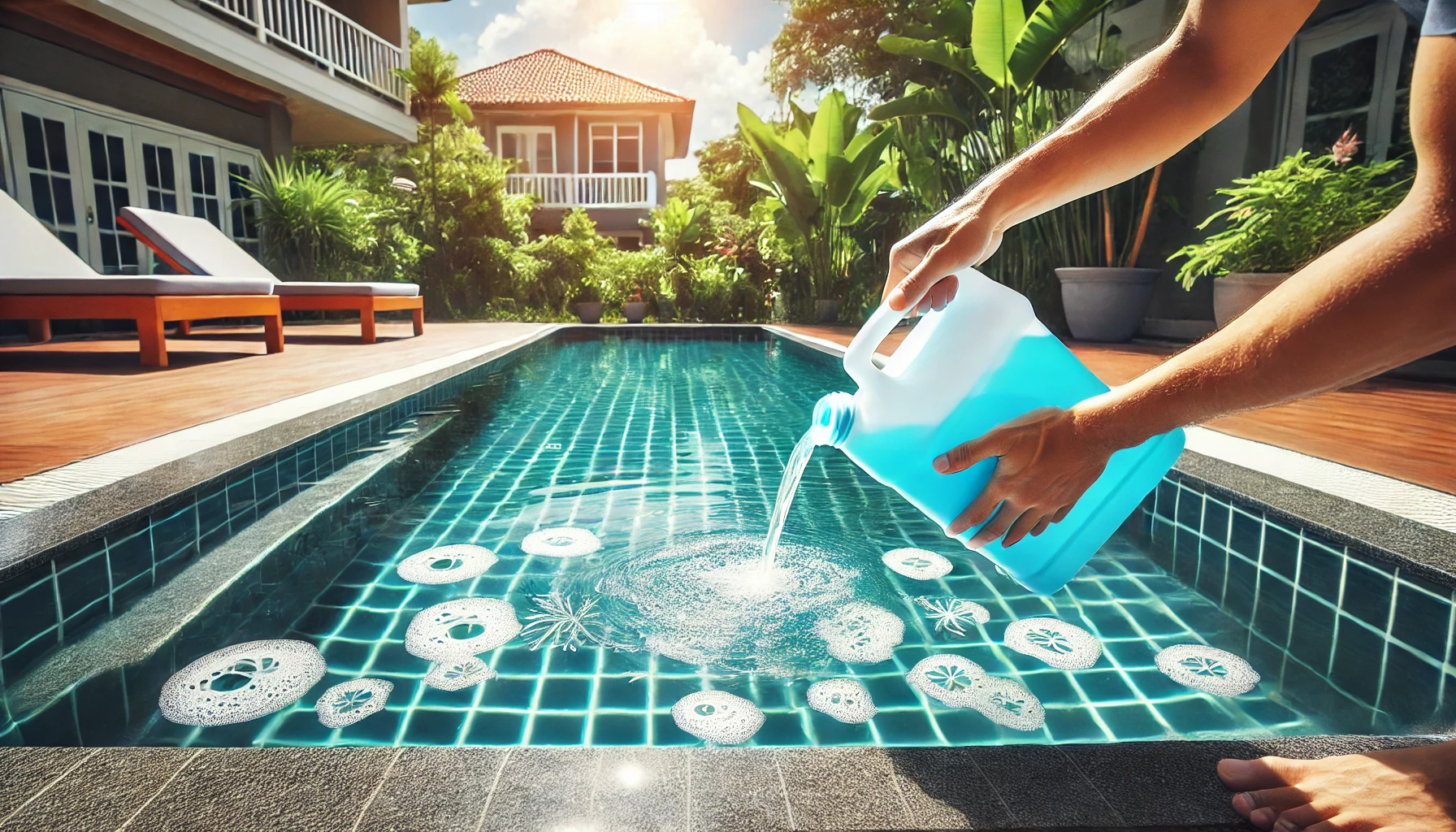A pool sand filter is a type of common filter equipment. It plays an essential role in the treatment of circulating water in swimming pools. Pool sand filters are made of fiberglass, lined and coated with a high strength synthetic resin. Equipped with filter material and a sand cylinder head, it allows water to flow through the cylinder for filtration. The filter material in the pool sand filter can be quartz sand, activated carbon, biochemical filter material, etc. The following sections will explain the specifications and installation of the swimming pool sand filter.
Analysis of advantages of three kinds of filter sand tanks
Top filter sandbox
The ejection sand filter cylinder is an overhead type; that is, the on-off valve device is located at the top of the sand cylinder. The cylinder is composed of resin and glass fiber, surrounded by glass fiber silk of moisturizing resin, so the inner liner has good strength, corrosion resistance, sun protection, UV protection, and excellent cost performance. Pool sand filter is widely used in swimming pool, garden ponds, Jacuzzi, and other similar public swimming pool water treatments and filtrations. Working principle: Jet type pool sand filter is the use of filter sand to remove fine suspended dirt in the pool water. Filter sand, as a medium for removing dirt, is filled in the body of the filter sand cylinder. When multiple valves switch to the “filtration” direction setting, the pool water containing suspended dirt in the pool is pressed into the filter tube by the pump, and the fine suspended dirt is filtered out by the sand bed in the cylinder. The filtered pool water enters the middle pipe through the filter claw, then reaches the water outlet through a number of valves, and then returns to the pool through the pipeline. The process is continuous, so a good filtration is formed by the pump, sand filter and pipe system.
Side filter sand cylinder
The side filter sand drum, produced by the pool filter system, is suitable for use under various machine room conditions. This product is durable, corrosion resistant, UV resistant, easy to operate, suitable for different landscape pools or swimming pools circulating water treatment. It can provide high performance filtration for your pool or landscape pool because it has a deeper filter layer and then achieves better filtration. High-density glass fiber filter sand cartridge, made with today’s leading technical skills. The improved flow rate makes filtration more thorough, and the fiberglass surround arrangement makes the sand tank more robust, with outstanding chemical corrosion and UV protection. High-density glass fiber used in the pool sand filter makes it an ideal choice for water treatment, factory wastewater treatment, swimming pool circulating water treatment equipment. Coated with anti-corrosion layer, after special treatment, can be used with various ozone generators.
Horizontal filter sand cylinder
The horizontal filter sand cylinder, made of reinforced resin and glass fiber, exhibits high hardness, wear resistance, heat resistance, and corrosion resistance. The filtration effect is better, and the filtration capacity is stronger. The turbidity and pollution index of the filtered water will be reduced by increasing the storage capacity of the pool sand filter. The backwashing interval time increases according to the height of the filter sand cylinder bed, that is, the time in the filtration process is continuously reduced, and the water consumption will also be reduced, because the number of backwashing required is reduced, which reduces the corrosion of the filter material. Whether it is a large amount of water that needs to be filtered locally, or local space is limited, the horizontal sand filter cylinder is the ideal choice, because a horizontal sand filter cylinder can simply add its length to achieve the role of three equal diameter vertical sand filter cylinders.

Installation of pool sand filter
1.The installation and maintenance of the pool sand filter is simple, requiring only a screwdriver, wrench and sealing tape for sealing plastic joints. The tank filter sand cylinder should be placed on concrete or solid ground with the same hardness. The placement of pool sand filter, alongside other equipment, facilitates the connection of pipelines, the operation of control switches, and the maintenance of pool sand filter.
2.The filling of the filter material: the filter material should be filled from the upper end of the filter sand tank.
- Loosen the nut and remove the control valve of the tank filter sand cylinder;
- Cover the plastic protective cover at the mouth of the plastic pipe to prevent filter material from entering;
- Before filling the filter material, we need to pour 1/2 of the water into the tank filter sand cylinder cavity, which can play a cushioning role and avoid excessive impact on the internal equipment when the filter material is put in.
- Fill the correct filter material level and weight as required (the intermediate tube must be placed smoothly in the middle of the cavity, and the tube mouth should be covered with a protective cover, the filter material can be filled to 70% full), the filter material should be located in the middle of the filter chamber, and the protective cover should be removed.
3.Install the control valve on the tank filter sand cylinder. Pass the control switch (with seal ring) through the upper mouth of the tank filter sand cartridge. Note that the intermediate tube in the tank filter sand cylinder must be aligned with the hole at the bottom of the switch and inserted; Tighten the nut with a wrench and connect it to the pool filter sand tank. Install the pressure gauge (with sealing ring) on the screw hole of the switch body, ensuring not to screw too tight. Connect the switch pool tube with the control valve hole marked “PUMP” to the pump.
4.The return pool pipeline is connected with the pipe port marked “back” of the control valve, and the other two are the pumping pipe of the pump and the sewage pipe equipment of the pool sand filter.
5.Pump power supply system connection.
6.Check the pipe connection sealed firmly, do not have leakage.
Tank filter sand cylinder installation precautions
- The PVC pipe bracket connected to the water supply should be flexible. Otherwise, once the water passes, adding the PVC pipe assembly to the sink will cause the loose joint to twist and break.
- Consider the treatment of the sand cylinder head in the swimming pool’s circulating water treatment filter. The plastic handle itself has mechanical strength, and the strength exceeding this strength will inevitably cause it to break. The maintenance of the equipment and the stable operation of the equipment need to be carefully maintained, therefore, the fracture of the handle caused by the rough construction will greatly affect the normal operation of the pool sand filter.
- When the pressure reaches a certain degree, backwashing can be carried out. Therefore, it is necessary to ensure that the inlet pressure of the sand filter cylinder cannot exceed 2.5MPa. If the front end is connected to an engineering plastic pump, the lift of the pump cannot exceed 35 meters. Address any sand cylinder head leakage issues.
- When filling sand, try to ensure that the sand does not fall into the gap of the multi-way valve of the sand cylinder head, so as to avoid the sand entering the inside of the sealing ring, wearing the sealing ring or affecting the sealing performance. Determine the location of the water distributor. After the new sand cylinder is opened, a plastic bracket is placed at the mouth of the sand cylinder (such as the jet filter sand cylinder). It is first used to fix the water distributor in the center direction of the barrel mouth, and then the sand is poured into the barrel through the barrel mouth. Quartz sand is usually only loaded to two-thirds of the total capacity of the sand tank. Then the residual sand on the sand cylinder head is cleaned, and then the sand cylinder head is placed in the corresponding direction of the screw hole, and the nut is reinforced. After the entire sand filter cylinder is completed, the flow rate and function of the sand cylinder can be tested by energizing the pump.


